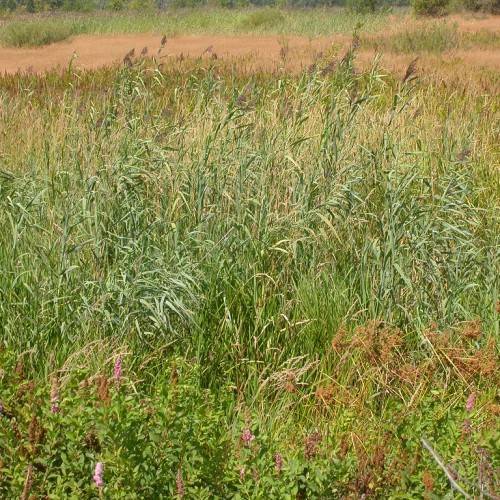
New England Northern Reed Grass
Calamagrostis stricta subsp. inexpansa
Also Known As - Western Bluejoint,Northern GrassWatering:
Average
Hardiness Zone:
Flowers:
Flowers
Sun:
Sun
Leaf:
Yes
Growth Rate:
High
Drought Tolerant:
Yes
Salt Tolerant:
Yes
Care Level:
Medium
watering
Slim Stem Small Reedgrass (Calamagrostis stricta) should be watered infrequently and deeply. Begin by saturating the soil with water when planting and during the seedling establishment phase. Going forward, water the grass deeply every 2-4 weeks to ensure it receives 1-2 inches of water per week. Once the grass has firmly established itself, waterings can be spaced further apart, but should still be done regularly to keep the soil moist.
sunlight
Slim Stem Small Reedgrass (Calamagrostis stricta) requires full sun for optimum growth, making it an ideal choice for landscaping in sunny, open areas. The plant prefers at least 6 hours of direct sunlight each day, although more sun is beneficial. To ensure the best results, this plant should be planted in a sunny location from spring to late summer. With adequate amounts of sunshine, the plant will produce healthy, robust shoots of foliage and abundant amounts of airy flowers. It is important to be aware that too much sunlight can cause the plant to become dry and wilted, so it is best to limit exposure, especially during the hottest part of the day.
pruning
Slim Stem Small Reedgrass (Calamagrostis stricta) should be pruned in late fall or early spring when the plant is dormant. To promote vigorous growth, remove spent or dead stems and thin out the foliage as needed. Cut the stems back to a few inches above the ground and reduce the overall size of the clump if necessary. This will encourage new, vigorous growth from the base of the plant. Avoid pruning too much, or the plant may be weakened.
